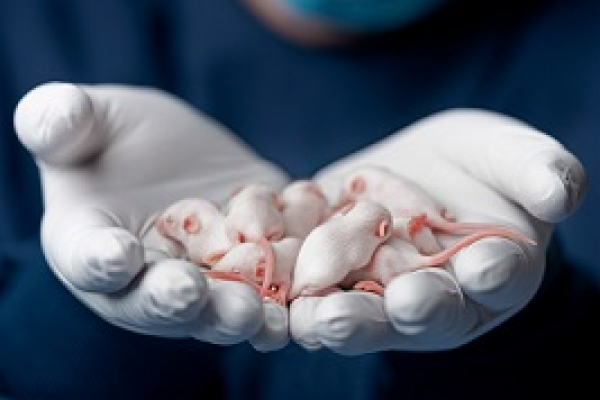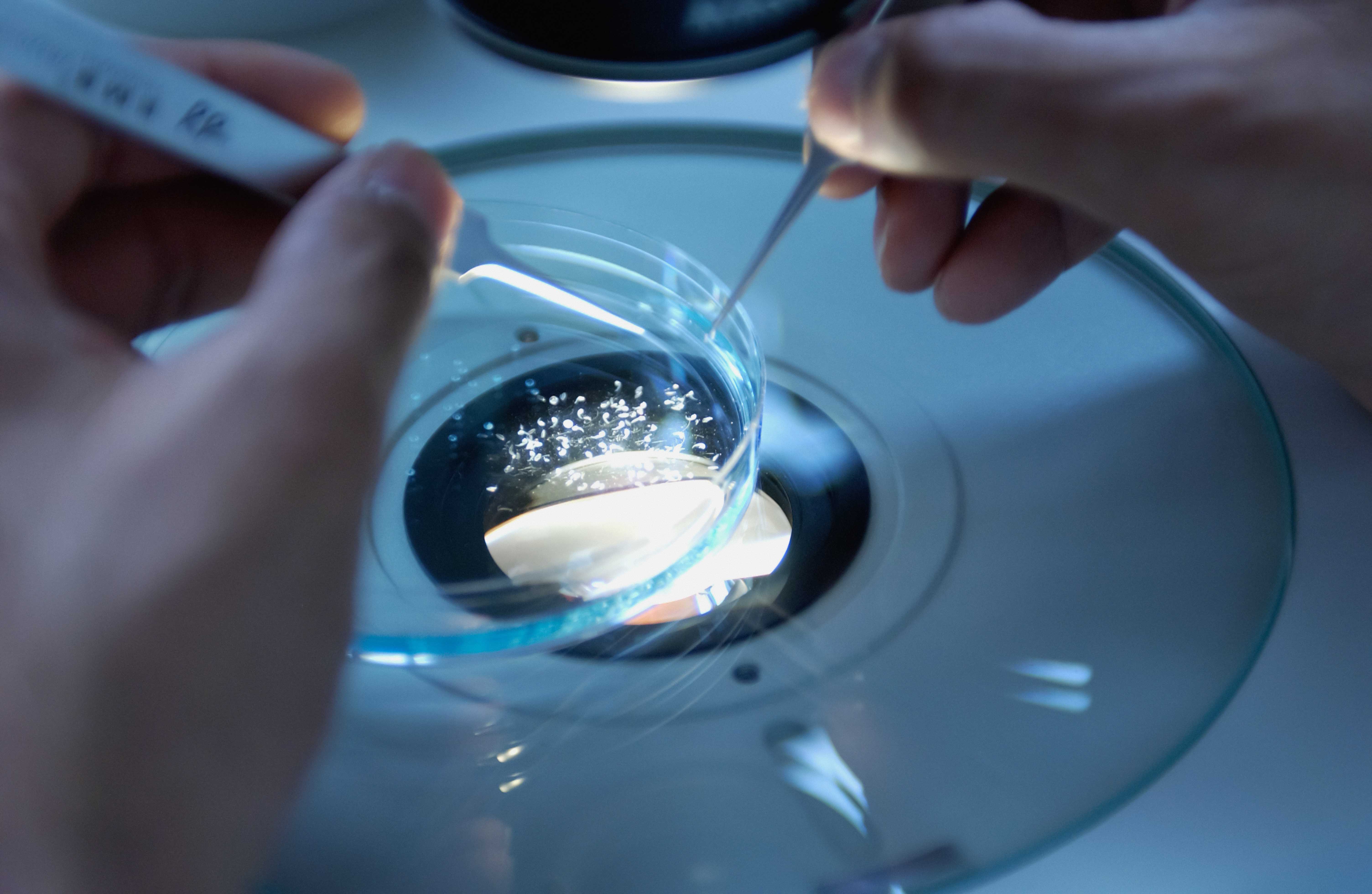The knockout mouse models included in Taconic's substantial portfolio were generated by Lexicon Genetics Incorporated using proprietary embryonic stem (ES) cells bearing a genetically engineered mutation, with concentration on the ‘druggable’ gene classes. Mutant ES cells are obtained through two complementary, proven technologies: Gene Targeting and Gene Trapping.
Gene Targeting
Covered by several issued patents that Taconic has exclusive license to commercialize, this technology enables generation of highly specific alterations in targeted genes. Gene targeting by homologous recombination in mouse ES cells is the most widely used, versatile, and accepted method for the generation of knockout mouse lines.
Targeting vectors are constructed either via the aid of a phage murine 129/SvEv genomic library, or directly via long-range PCR methods. The final targeting vectors typically contain around 10 kilobases of overall sequence homology flanking the deleted region for the gene of interest. An ES cell positive selection cassette, usually containing a LacZ expression marker, is also used in combination with negative selection cassettes in the targeting vector backbones. These technologies, along with the power of using isogenic DNA, allow average targeting frequencies nearly twice that of most reported in the literature. Gene targeting is used to generate approximately half of the existing knockout mouse lines available, as well as the custom generated knockout models.
Gene Trapping
Also covered by several issued patents, gene trapping is a high throughput method of generating knockout mouse clones. It is a method of random mutagenesis by which the insertion of a DNA element into endogenous genes leads to transcriptional disruption. Unlike gene targeting by homologous recombination, a single gene trap vector can be used to mutate thousands of individual genes in mouse ES cells, as well as enable the rapid identification of the mutated genes.
The retroviral gene trap vectors contain a splice acceptor sequence followed by a promoter-less selectable marker. Insertion of the retroviral vector into an expressed gene leads to the splicing of the endogenous upstream exons into this cassette to generate a fusion transcript. The vectors also contain a promoter that is active in ES cells, followed by a first exon (such as that of the Bruton's Tyrosine Kinase gene, BTK) upstream of a splice donor signal. Splicing from this signal to the exons downstream of the insertion gives rise to a fusion transcript that can be used to generate a sequence tag of the trapped gene. The BTK gene also contains termination codons in all reading frames to prevent translation of downstream fusion transcripts.
The knockout models are designed to be null alleles. Due to compensatory genetic mechanisms, knockout status cannot be guaranteed and will have to be confirmed by the customer. Some validation data may be already available — please inquire for more details.






.jpg)

.jpg)
.jpg)
.jpg)
.jpg)





.jpg)
.jpg)


.jpg)



.jpg)




.jpg)

.jpg)
.jpg)




